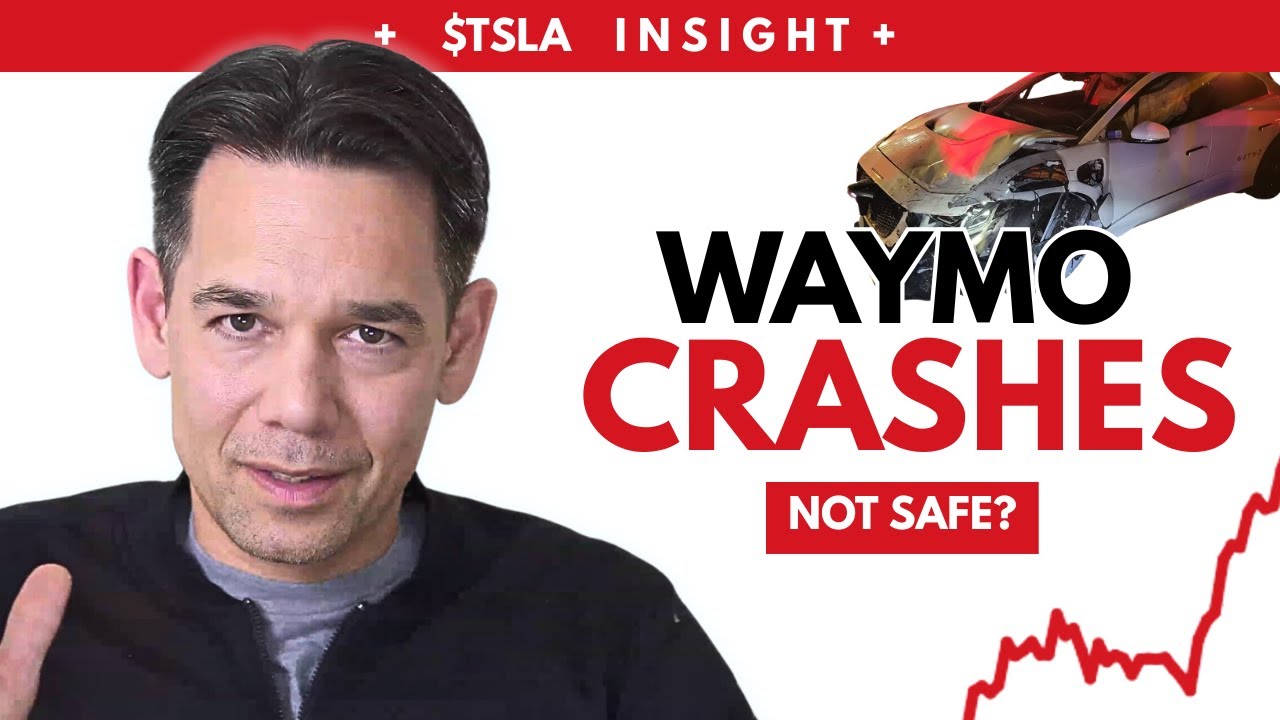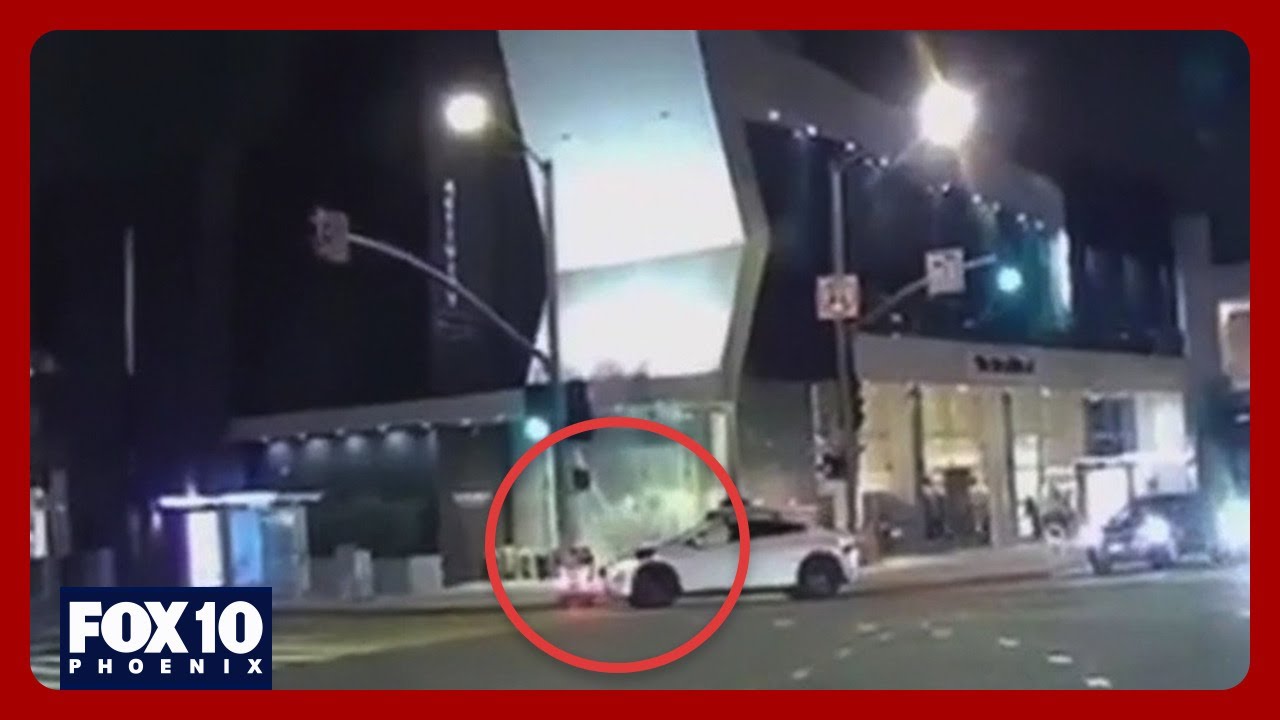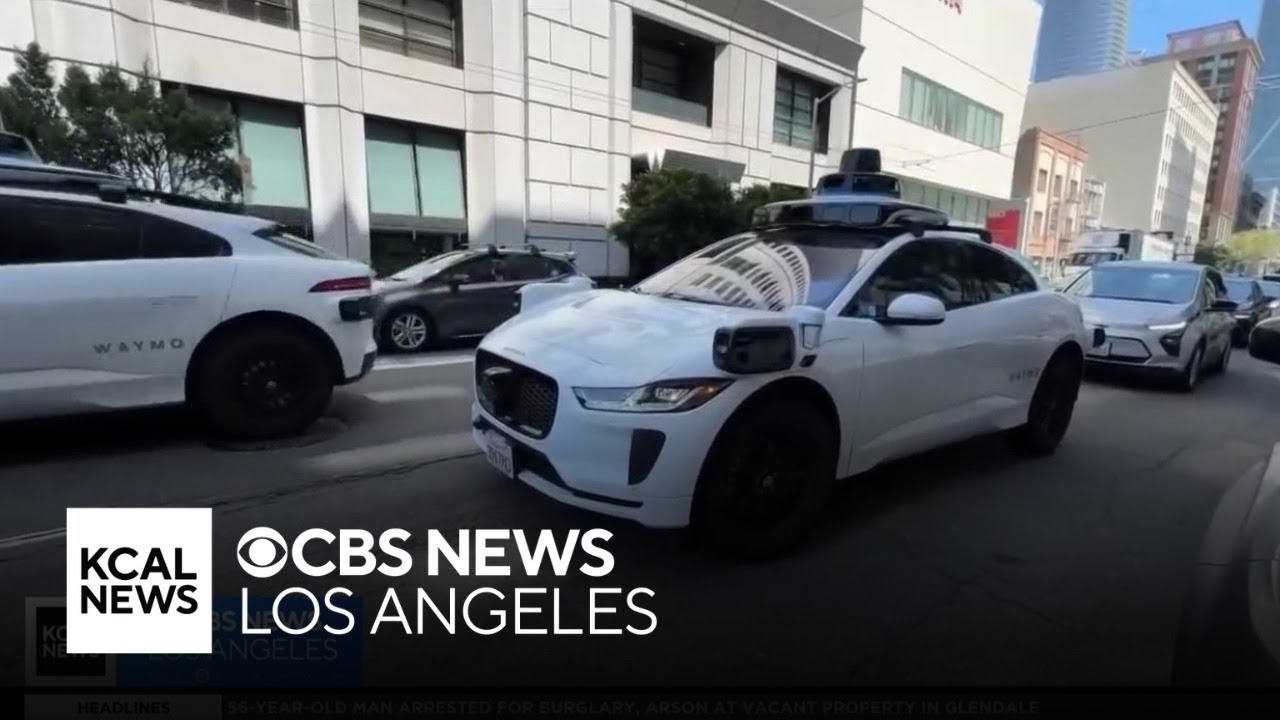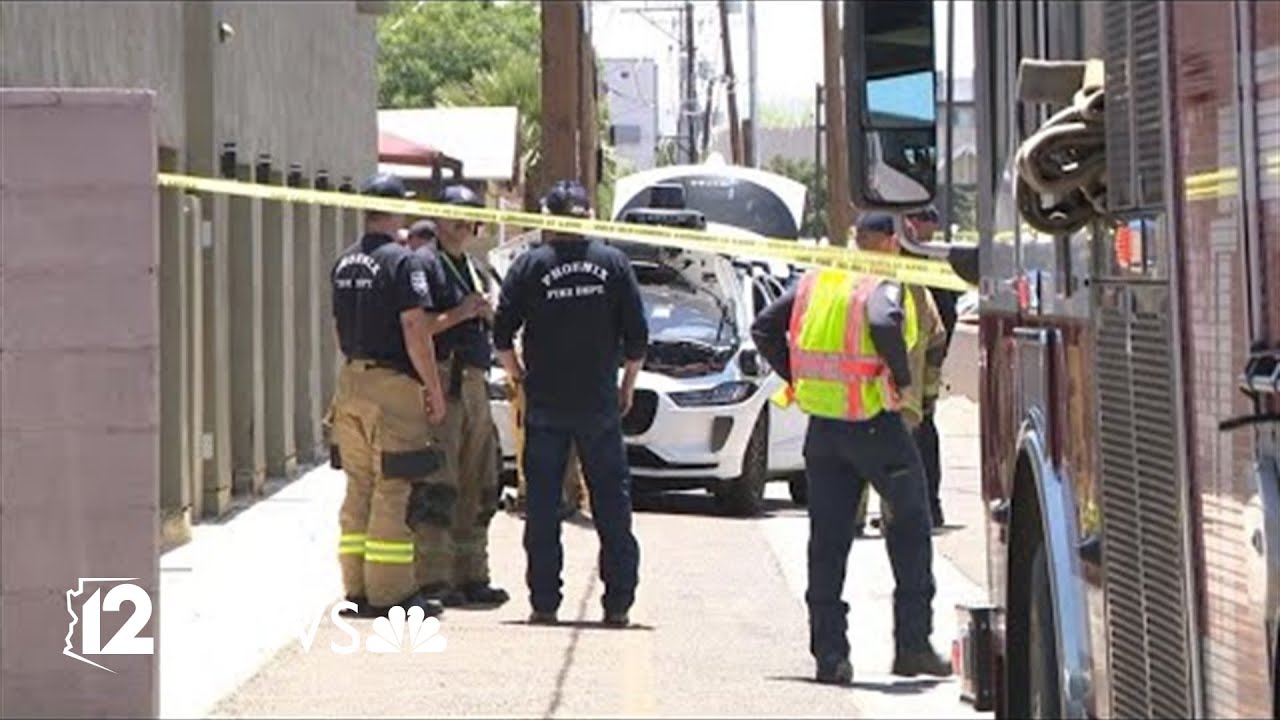I agree… as long as they are ‘real world’ metrics and not some bureaucratic regulatory designation.
The Official NHTSA ‘L’ levels are 'bureaucratic regulatory’ and have no actual, real world FUNCTIONALITY.
We’ve all heard about high school athletes who ‘skipped’ being validated in the ‘college farm team system’ and went straight to ‘pro’, in Basketball, Football, and Baseball.
We’ve all heard of the ‘teen/s’ who is a world class software coder and went to Microsoft, Google, Apple, etc, sometimes even without a high school diploma.
They ‘jump the line’ without ‘paying the dues’ cause they have the actual, real world functional ability.
And… sometimes are wildly successful.
I keep seeing the ‘but Tesla is not L4’… as in does not have the NHTSA seal of approval for L4.
Tesla/Elon explained 3 or 4 years ago, that they were not going to get NHTSA L4 regulatory approval, until they/Tesla saw the benefit of jumping through that hoop.
Tesla/Elon explained that being NHTSA certified L4 has the downside of being ‘regulated as to how many cars could be ‘deployed’ and ‘where’ the cars could be deployed, etc. By delaying getting NHTSA L4 approval, Tesla had much more freedom.
Tesla was developing L4 functionality, while still only being ‘regulatorily approved’ for L2.
I agree with @Tamhas (not @pauleckler). Saying Tesla is not L4, merely cause the NHTSA approval has not been granted… is silly.
Ok, ok, fine. The ‘Levels’ are the ‘industry approved descriptors’ for the different ‘milestones’ from basic driver assist to full AV, in the real world functionality sense. And this is useful.
I argue that Tesla is being criticized as “not L4” from the NHTSA regulatory approval POV. Not the real world ‘level of functionality’.
Is there ‘real world’ information/data that suggest Tesla has ‘L4 (real world’ functionality? IMO, yes - all the miles and miles of Teslas driving itself, while having the L2 required ‘human driver’ paying attention in the driver’s seat.
There are (apparently. If the YTs are ‘true’) many many many examples of ‘end to end’ self drive with no human interventions.
These YTs are individually derided as ‘anecdote’… but, at some point a whole bunch of datums becomes DATA…

ralph
macroeconomically, having those ‘outliers’ jump the line without getting ‘official certification of ability’ has greatly benefitted human development.



